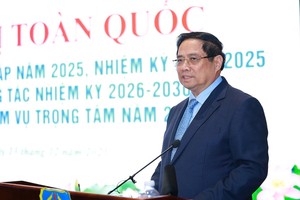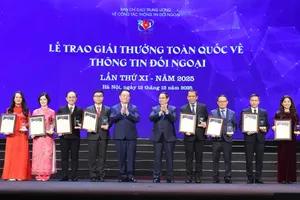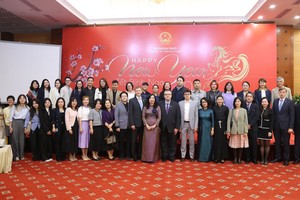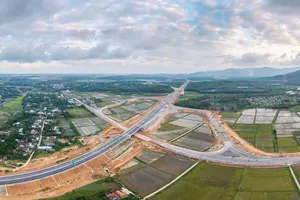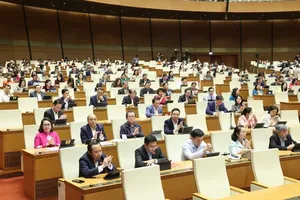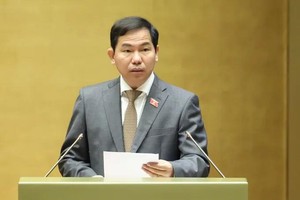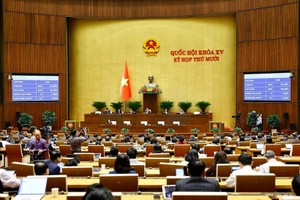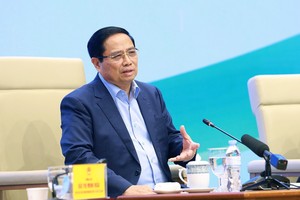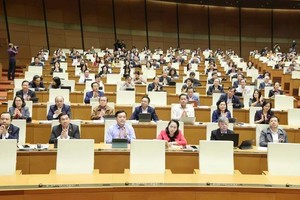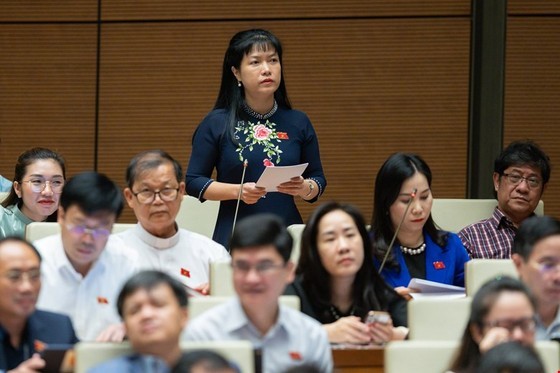 |
| Deputy Ta Thi Yen, Deputy Head of the National Assembly Standing Committee’s Board for Deputy Affairs, raising a question to EVN |
Prior, at discussions about socio-economic development on May 26, National Assembly (NA) deputy Ta Thi Yen, Deputy Head of the National Assembly Standing Committee’s Board for Deputy Affairs, raised a question that why EVN urged to increase electricity prices but the group has a deposit of tens of thousands of billion Vietnamese dong.
In its document to answer Deputy Ta Thi Yen’s question, the Electricity of Vietnam (EVN) said that the amount of debt at the State utility Vietnam Electricity Group’s units is very large; thus, they need to repay the high principal and interest in the year, so many units have to maintain a sufficient outstanding balance to repay the due debts. The deposit should be considered together with the short-term debt balance of VND60,045 billion at the same time of the power corporations.
Also in its document, the EVN explained the need to import electricity from Laos and China without buying wind and solar power, the EVN said that the imported electricity output is relatively small.
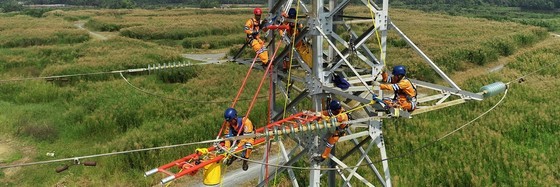 |
The group bought about 7 million kWh a day from Laos and 4 million kWh a day from China.
While the national electricity output is over 850 million kWh/day and the electricity output in the North alone is 450 million kWh a day, the above-mentioned imported electricity amount accounts for a very low proportion, less than 1.3 percent of the total electricity output nationwide.
The EVN added that Vietnam has been buying electricity from China since 2005 while Vietnam imports electricity from Laos under an intergovernmental agreement. Vietnam has been also selling electricity to Cambodia for a long time based on agreements between neighboring countries.
According to the EVN’s revelation, renewable energy has grown strongly in recent years, but mainly in the central and southern regions, while the EVN faced serious challenges to meet demand for electricity in the North due to a prolonged drought. At the same time, due to technical limitations to ensure the safe operation of the North-South 500kV power transmission lines, additional power sources in the Central and South regions can’t be transmitted to the North.
Regarding the negotiation on purchase and sale agreements of wind power and transitional solar power projects, the EVN said that there were 50 projects with a total capacity of 2751,661MW on May 31, 2023. The investors of 50 projects proposed that the temporary electricity price is equal to 50 percent of the ceiling price of the electricity generation price bracket for each type.
The EVN has submitted a power purchase and price plan to the Ministry of Industry and Trade and the ministry has approved 40 projects with a total capacity of 2368.7MW. Of these, 7 projects with a total capacity of 430.22MW have completed the formality procedures for commercial operation and power generation on the grid.
The remaining projects are completing their pilot phase and relevant legal procedures to be eligible to be put into operation as soon as possible.
According to EVN, the above deposit balance is used to pay debts to suppliers and pay for electricity purchases for rooftop solar power plants and small hydroelectric plants at the beginning of next month according to the contracts for investment in the distribution - retail system to meet the demand for load growth and costs for production and business activities.
Power corporations must balance appropriate cash flow to ensure timely payment of principal and interest to credit units, payments to suppliers and power plants as prescribed.
